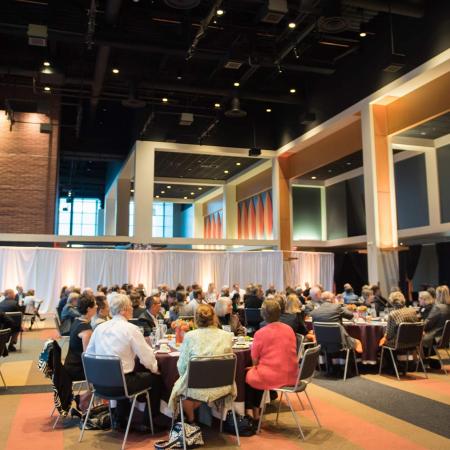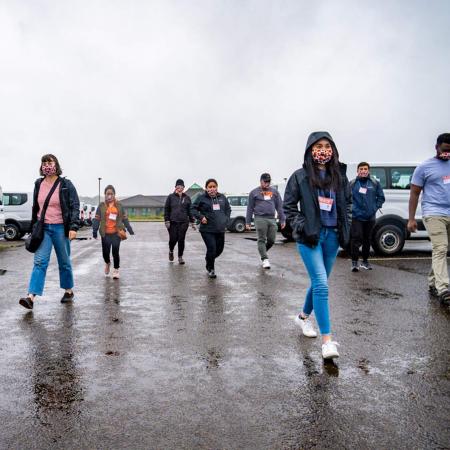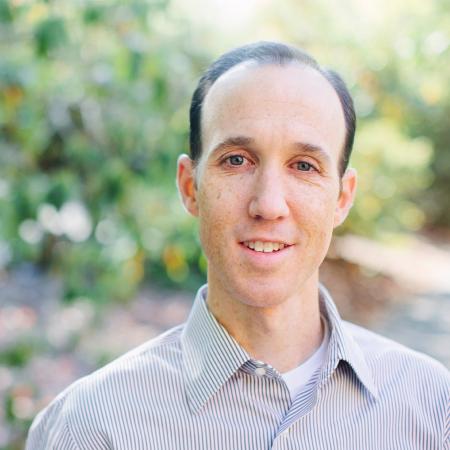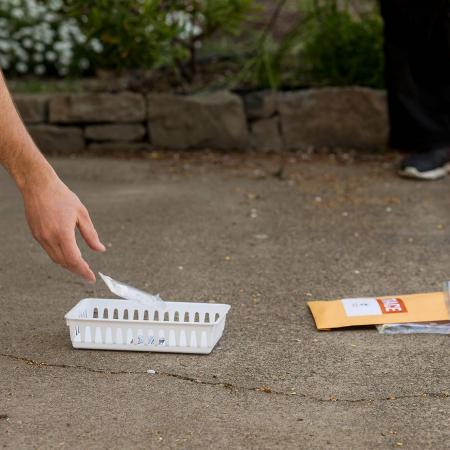Switch to: English
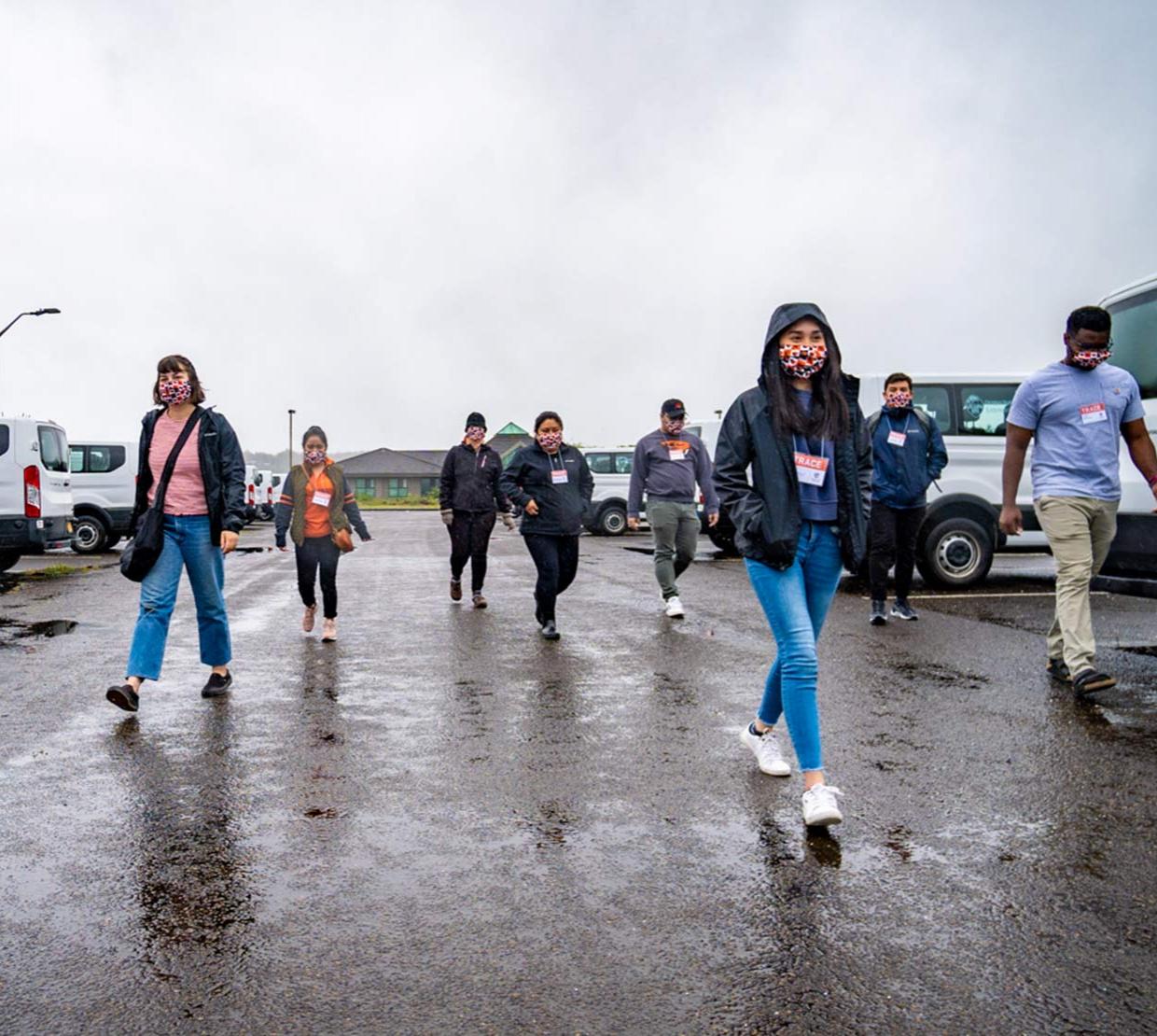
In April, several OSU scientists hailing from different colleges and centers on campus leapt to action to tackle surging coronavirus infections in America. The result was a public health study started in Corvallis called Team-based Rapid Assessment of Community-Level Coronavirus Epidemics, or TRACE-COVID-19.
American life has been irrevocably altered by the deadliest pandemic in a century. Scientists at Oregon State University acted swiftly to the greatest public health emergency of our time, leveraging the College of Science’s unique capabilities in biomedical research and the quantitative sciences to investigate and contain the coronavirus crisis.
In April, several OSU scientists hailing from different colleges and centers on campus leapt to action to tackle surging coronavirus infections in America. They were driven by widespread diagnostic test shortages in America as well as the lack of data on asymptomatic individuals. The result was a public health study started in Corvallis called Team-based Rapid Assessment of Community-Level Coronavirus Epidemics, or TRACE-COVID-19. It was among the first of its kind in the country to test the prevalence of the virus in an entire community through door-to-door sampling in representative sets of neighborhoods.
“The impetus for us was that equipment required to do the laboratory tests to detect the virus is present in a lot of research labs on campus. We started to problem solve and understand how a land grant university that has relationships with communities across the state could help during this crisis,” said Benjamin Dalziel, lead investigator of the TRACE project and an assistant professor of integrative biology and mathematics.
It goes without saying that a massive project like this would typically take shape over the course of several months. However, in a stunning feat, the TRACE team developed the project from scratch in a matter of weeks, and it is now garnering attention nationally as a model for other universities. The public health study is a joint effort by OSU’s Colleges of Science, Public Health and Human Sciences, Agricultural Sciences, Engineering and the Carlson College of Veterinary Medicine. It is co-directed by Jeff Bethel, associate professor in the College of Public Health and Human Sciences.
"TRACE’s primary goal is to mobilize the capacities of the land grant university to help the communities we serve.”
As a project director, Dalziel takes a leading role in data analysis and the design of the study to enable inferences important to understanding the infection rate and transmission patterns. He is at ease working with a wide range of collaborators, something he has done frequently in his academic career.
“I really enjoy working on a team where the expertise is diverse — partly because everybody has a chance to be humble and wear our learner’s hats,” said Dalziel. “We have this wonderful team of 10 co-investigators, and each of us is a non-expert in most of the areas we are working on. I think it brings out the best in TRACE as we learn from each other.”
The study, conducted in partnership with Benton County health officials, was initially funded by OSU and a grant from the David and Lucile Packard Foundation and has been aided by work from the OSU Foundation and the OSU Alumni Association. Funding from PacificSource Health plans has allowed for the project to expand to Bend, Newport and Hermiston in joint efforts with Deschutes, Lincoln and Umatilla counties, as well as increase sampling in Corvallis. Dalziel received $800K from PacificSource Health Plans and two grants from the David and Lucile Packard Foundation for $750K and $400K to aid the expansion of the TRACE-COVID-19 project.
The TRACE-COVID-19 team, comprising 10 scientists and more than 300 volunteers was selected for the prestigious 2020 Beaver Champion Award, which will be presented at a virtual celebration honoring University Day Award Recipients on Monday, September 14. This Oregon State president’s award recognizes an individual or individuals who continually demonstrate outstanding effort and achievement of excellence, extra effort beyond that requested, and performance of the highest quality.
Discovering ecology and mathematics
Dalziel grew up in Ontario, Canada. He spent a good chunk of summer each year in the wilderness of Northern Ontario, which fueled his passion for nature and the environment and led him to study ecology. Dalziel immersed himself in ecology and mathematical sciences as an undergraduate student at the University of Guelph in Ontario. He also obtained a master’s degree in biology at the University of Guelph before earning a Ph.D. in ecology and evolutionary biology at Cornell University.
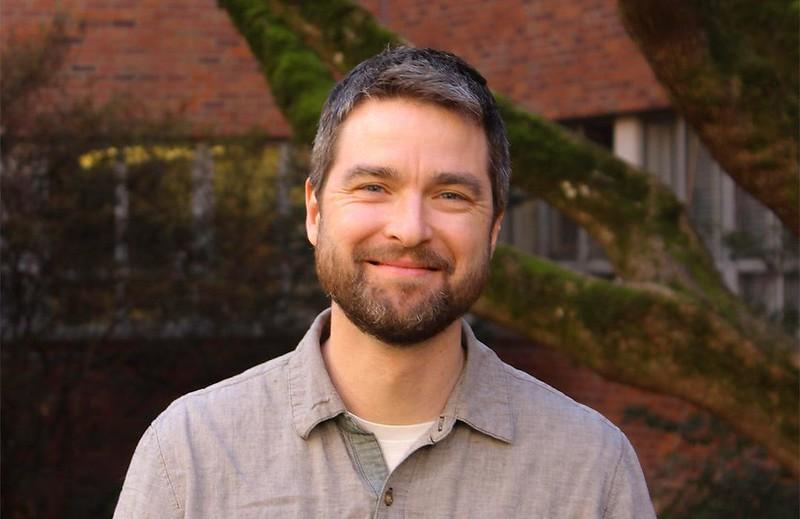
Assistant professor of biology Ben Dalziel is the lead scientist on the TRACE-COVID-19 project.
Dalziel identifies as a population biologist, and his groundbreaking research on the dynamics of epidemics makes him the ideal lead scientist for a large-scale public health project. He has published several well-regarded studies on Ebola and flu epidemics in leading journals such as Science, and collaborated with Kinsa Health, a company that uses internet-connected thermometers to predict the spread of feverish illness, like the flu or COVID-19, in real-time. Their work has been hailed as a gamechanger in 21st century disease surveillance. In March, Kinsa and Dalziel created HealthWeather, a visualization map to identify early COVID-19 clusters and gauge whether measures taken are working to slow the spread of the disease.
Dalziel’s research has utilized mathematical models to enhance our understanding of the spread of 21st century epidemics. His analysis predicted outbreak trends for the flu epidemic in the United States. Along with his collaborators, Dalziel discovered that during the 2014 Ebola epidemic in a phenomenon called “superspreading,” approximately 3% of those infected accounted for 61% of all Ebola cases.
His academic preparation has helped him to skillfully combine mathematics, public health problems and the biological sciences. In recent years, he has steered his research toward developing quantitative tools to uncover complex interrelationships among the drivers of infectious disease outbreaks in cities and examining a range of factors including human mobility patterns and climate.
“The other academic love in my life after ecology was mathematics. When I discovered in college that mathematics was about ideas, shapes and patterns, it became real and beautiful for me,” explained Dalziel. “Ecology is a really cool mixture of biology and mathematics.”
Dalziel’s research on infectious diseases and epidemic dynamics is an additional focus that expands his primary research on how individual and collective behavior in animal societies affect ecosystem dynamics and population health. The former gives him an opportunity to undertake socially beneficial research while investigating general ecological principles.
“My work has always been at the interface of models and data, trying to do projects that bridge big, complicated real-life systems with theory,” Dalziel said.
‘Mobilizing the capacities of a land-grant university’
Dalziel is now bringing all of his data and disease modeling knowledge and his experience working on diverse and interdisciplinary teams to bear on the TRACE project. At its core, Dalziel stresses, the TRACE project is a public health mission.
“While we are producing generalizable scientific knowledge in terms of epidemic modeling and refining field testing, TRACE’s primary goal is to mobilize the capacities of the land grant university to help the communities we serve.”
The project scientists analyze the weekly data from the door-to-door sampling, and the results are made publicly available to local residents and county and local health care providers, providing an immediate sense of the city’s COVID-19 wellness in the form of information about the trends of COVID-19 prevalence in specific locations and the detection of viral hotspots. “The results help us understand the impacts of the current public health policies, the burden of disease and the burden of transmission spread across the population,” said Dalziel.
In the coming weeks and months, TRACE-COVID-19 is going to enter a new phase of prevalence testing in Corvallis and at the university as a certain number of OSU students who prefer to live in the residence halls of OSU arrive on campus in mid-September. TRACE-COVID-19’s door-to-door sampling will resume in Corvallis the weekend of Sept. 12-13.
College of Science TRACE leaders
Benjamin Dalziel, Assistant Professor, Department of Integrative Biology, is a population biologist who combines high-volume observational data with statistical, mathematical and computational models to understand and predict the emergence, spread, and control of infectious diseases. Dalziel is overseeing the testing component of the project and collaborating with OSU’s Center for Genome Research and Biocomputing to sequence the SARS-CoV-2 viral genome.
Roy Haggerty, Dean, College of Science, one of the originators of TRACE,brings experience with complex, multi-scale project planning, coordination and integration across multiple units within the University. He is chair of the TRACE Board of Advisors, serving as the organizational lead and the technical team’s primary liaison to Oregon State University administration, the community and funders.
Jane Lubchenco, University Distinguished Professor, Department of Integrative Biology, is responsible for fundraising, communications, strategic directions and advice on complex project management. Former head of the National Oceanic and Atmospheric Administration, she used her extensive network and knowledge of philanthropic foundations to attract startup funding from the David and Lucile Packard Foundation.
Katie McLaughlin, Assistant Professor, Department of Statistics is an applied statistician specializing in sampling methodology and social network analysis, particularly for hidden populations at high risk for infectious diseases.
Learn more about TRACE-COVID-19: trace.oregonstate.edu
This story was originally posted on IMPACT.
